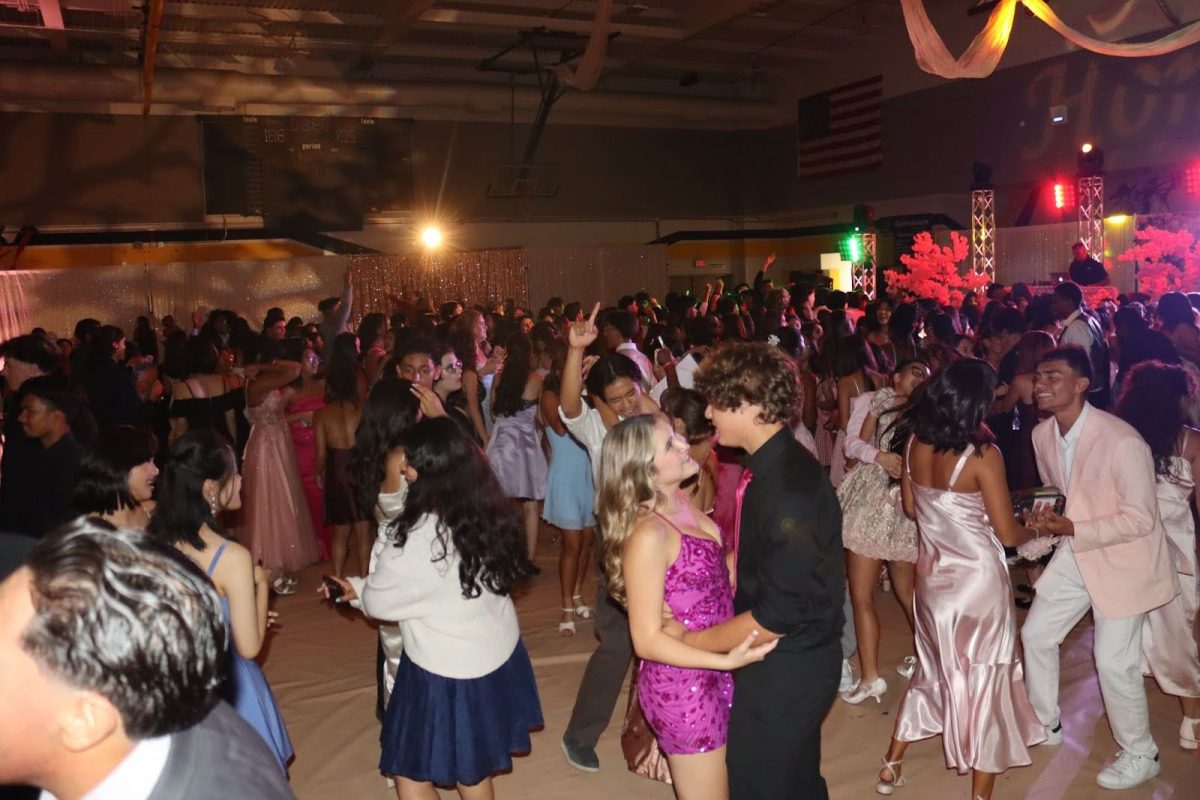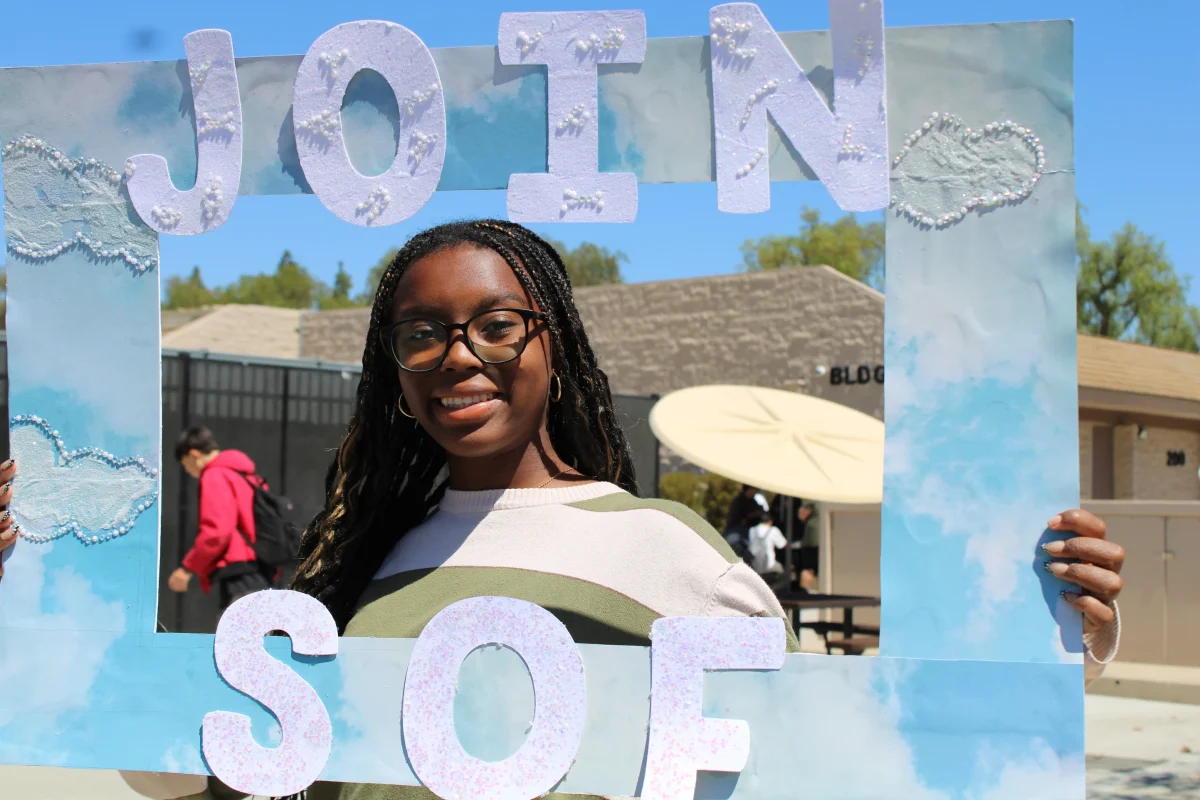During the Cold War, the capital of Berlin was located in Eastern Germany and was separated into West Berlin and East Berlin, controlled by different political systems. Soon after, the Berlin Wall was made as a physical barrier between the two sides for nearly 30 years before falling in 1989 directly by the people, and today, those people are memorialized.
From the night of Aug. 12-13, an installed fence surrounded West Berlin by Eastern Germany to make an impassable border for the communists around the capitalist-influenced West Berlin. The fence would develop into large concrete walls and barbed wire, as it was heavily guarded on East Berlin’s side, unlike on West Berlin’s side, which had spray paint across it. A history teacher, Diana Middleton, described how “The Berlin Wall was really the physical symbol of the Cold War. Its intent was to divide and alienate. When it came down it brought hope to all Germans and the rest of the world.”
On Nov. 9, 1989, the Berlin Wall fell by the will of the people which started after the news by Günter Schabowski, who unknowingly started the catalyst from a miscommunication about how it would only go into effect the day following with a Visa, and not the night of the television broadcast with no Visa. Many watching the news were separated from their loved ones overnight so long ago and decided to jump at the chance and leave to be reunited, and others who didn’t see the news followed the large crowd.
At the time when large groups of people were destroying the wall to get across, the border guards had no direction on what to do, and many decided to follow what Schabowski said. During the confusion, David Hasselhoff sang “Looking for Freedom” in front of the groups since he was extremely popular in Germany, and a crowd member almost attacked him. When people could pass through, some took pieces of the Berlin Wall with them, and other parts of the Berlin Wall were still left standing and preserved to this day.
Today is a chance to remember those people who died trying to escape to the West side, but also the dedication of the people who broke down the wall. Those pieces of Berliner Mauer (the German name for the wall) still stand as preserved steel support beams across where the Berlin wall stood or portions of the wall displayed to the public to witness. For the anniversary, people have a chance to celebrate 34 years since the wall fell and at least the 140 victims that died.





